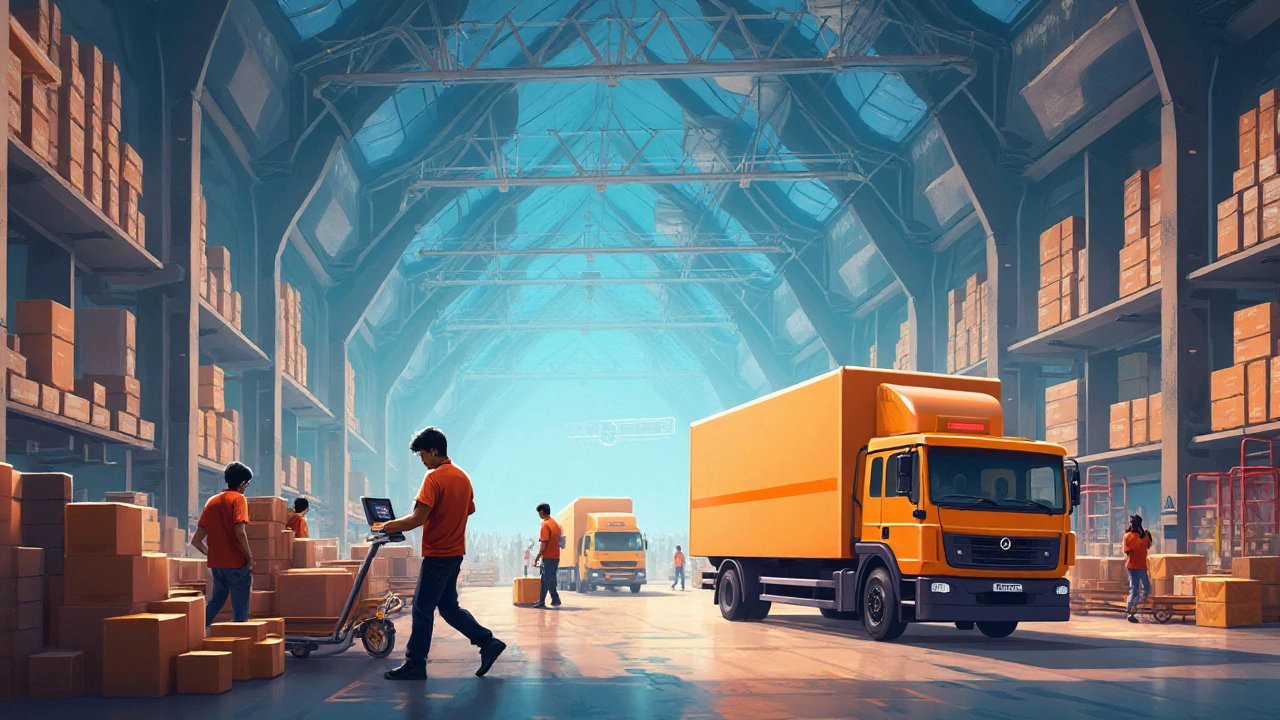Traditional Logistics: What It Is and Why It Still Matters
When you hear "logistics" you might picture drones and AI, but most of the work still relies on tried‑and‑true methods. Traditional logistics covers the basic steps that move goods from a factory to a customer: planning, storing, transporting, and delivering. These steps may look simple, but getting them right can save you time, money, and headaches.
Core Elements of Traditional Logistics
The first piece is inventory management. Knowing how many items you have, where they sit, and when you need more is the backbone of any supply chain. A good warehouse system tracks stock in real time, so you never over‑order or run out of popular products.
Next comes storage and handling. Whether you keep items on pallets, in bins, or on shelves, the goal is to protect them and make them easy to pick. Proper layout, labeling, and safety measures keep the flow smooth and reduce damage.
Then there’s transportation. Trucks, vans, and sometimes rail move goods between warehouses and the final destination. Choosing the right vehicle, route, and schedule keeps costs down and delivery times reliable.
Finally, last‑mile delivery gets the product to the customer’s door. Even if the earlier steps are perfect, a missed delivery window can spoil the experience. Simple tools like SMS alerts and clear tracking keep customers informed and happy.
How Traditional Logistics Fits Modern Business
Today’s companies blend old‑school logistics with new tech. At StockOne Logistics we use the traditional backbone—warehousing, transport, and delivery—and layer it with real‑time data, cloud‑based tracking, and automated reporting. This mix means you get the reliability of proven methods plus the speed of modern insights.
One practical benefit is cost control. By optimizing warehouse space and truck loads, you cut wasted mileage and storage fees. Another is flexibility: a solid traditional system can quickly adapt when you add new products or expand to new regions.Customers also appreciate transparent communication. Simple status updates like “package received by courier” or “out for delivery” are still powerful. When you pair those updates with a reliable delivery network, you build trust without needing flashy gimmicks.
In short, traditional logistics isn’t outdated—it’s the foundation that lets new tools work effectively. If you’re looking to streamline your supply chain, start by strengthening these core steps and then add technology where it makes sense. That’s how you get fast, affordable, and dependable service for your business and your customers.
Understanding the Distinctions Between Traditional and E-Logistics in E-Commerce
In today's dynamic digital economy, the evolution from traditional logistics to e-logistics is shaping the future of e-commerce. This shift has redefined supply chain management by leveraging technology for efficiency, flexibility, and customer satisfaction. This article explores the fundamental differences between traditional logistics and e-logistics, highlights current industry trends, and offers insights on optimizing logistics strategies in an increasingly digital world.
Read More